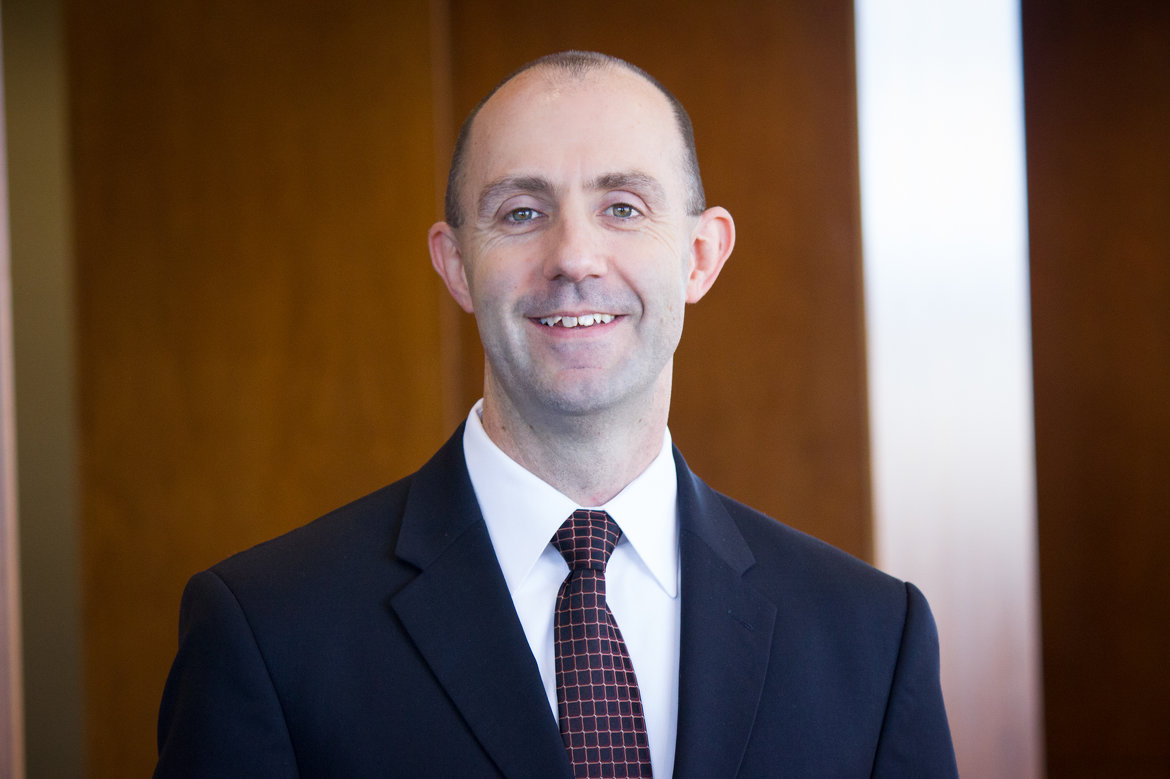The changing U.S. audit market structure and pricing: Is there enough competition?
Thursday, December 15, 2016
This article appeared in Discover Spears Research, the quarterly research newsletter released by the Spears School of Business.
Prior governmental and academic research on the structure of the U.S. audit market suggests either no association between market concentration and audit fees or even a negative association, implying that greater concentration actually results in lower audit fees. However, this finding is opposite of what many would expect.
Brad Lawson, assistant professor of accounting at Oklahoma State University’s Spears School of Business, and another researcher decided to take a closer look into this phenomenon in their research titled “Audit Market Structure and Audit Pricing,” which is forthcoming in the Accounting Horizons journal. What they find is that prior studies did not consider the influence of individual city-level characteristics on the association between concentration and audit fees.
“We found that when we control for characteristics of the local audit market, the association between audit market concentration and audit fees becomes positive, which makes more sense,” Lawson said. “Meaning, greater concentration within the city or regional audit market results in higher audit fees for clients. This is consistent with concerns that a concentrated market structure severely limits the choices for audit clients and results in higher fees.”

To back this claim, Lawson’s research provided statistics for the “Big Four,” a collection of four audit firms that dominate the national market. In 2012, the average revenue for the Big Four firms equaled $8.4 billion, with the smallest of these firms earning $5.4 billion. For comparison, the next four largest firms earned, on average, $0.9 billion in revenue. Additionally, the Big Four provide audit services to more than 80 percent of the publicly-traded firms within the U.S.
“This concentration has made regulators, standard setters and audit clients question whether there is enough competition within the United States audit market,” Lawson said. “When competition decreases, audit firms have greater pricing power. These higher audit fees are then passed on to shareholders. Some have even argued that U.S. regulators are now reluctant to penalize the Big Four because of the impact it could have on the audit market if one of the firms collapses, like what happened to the Arthur Andersen firm.”
But, Lawson acknowledges the differences between this national-level issue and city or region-level audit markets.
“At the national level, the Big Four dominate the industry, but when you look at individual cities, the disparity between the Big Four and the next tier of firms is smaller,” Lawson said. “The city or region’s characteristics can strongly influence the audit firm’s pricing decisions. For example, you won’t see Tulsa with the same pricing as New York.”
Although the influence of concentration on pricing is a concern, the study also finds that concentration within the local market is associated with greater audit quality. That is, audit service providers in more concentrated markets are charging clients higher fees, but it also appears that they are providing higher quality audit services as well.
With the audit market at the national-level having transitioned from several large firms and thousands of smaller firms to an oligopolistic market dominated by the Big Four, Lawson stresses the need for examining audit pricing questions at the local office level and controlling for local characteristics.
“Our results contribute to the audit pricing literature by emphasizing the need to control for characteristics and structure of the local audit market when examining audit pricing decisions,” Lawson said.
